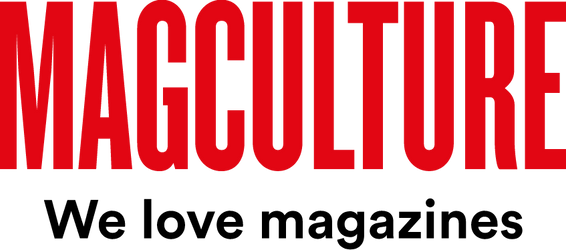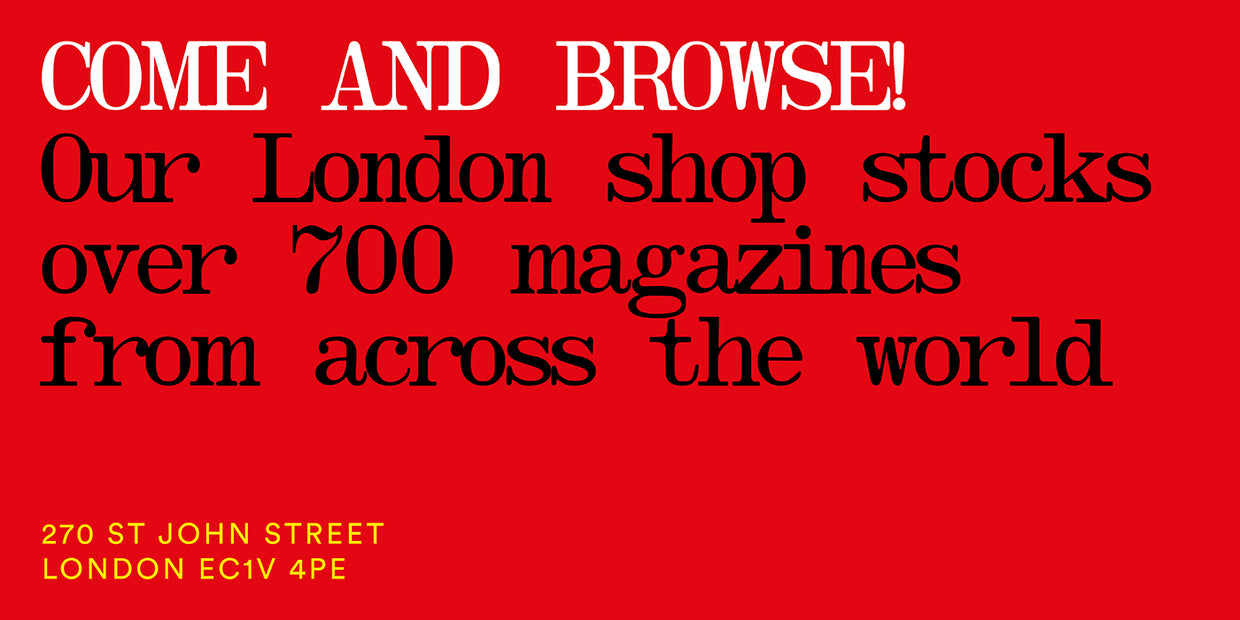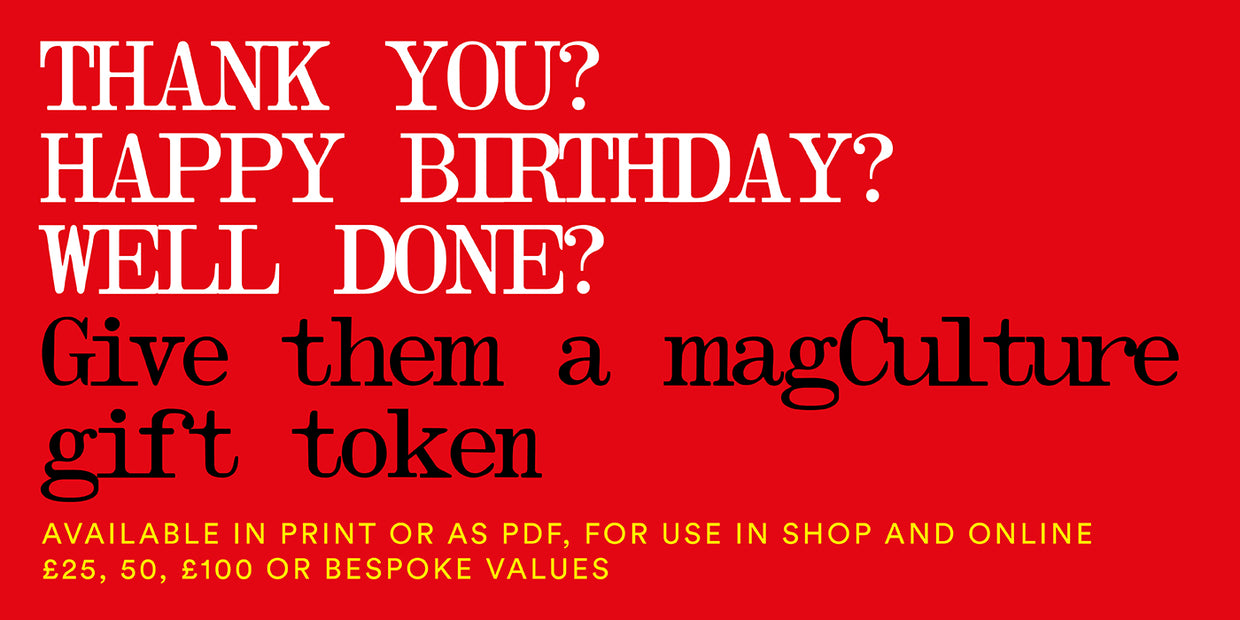
Pipette #5
The latest issue of the magazine about natural wines is beautifully illustrated throughout by Gianluca Cannizzo, ‘the natural wine pop artist.’
For those unfamiliar with the term, ‘natural’ wine is wine that has been farmed organically. The trend originated in France in the 1960s, and although the true definition is ambiguous and widely debated, it’s generally agreed that natural wine is ‘plain’: handpick grapes with no added sugars, adjustments or acids, pesticide free and with minimal to no filtration.
These days, natural wines have unfortunately been tarred with the ‘hipster’ brush – though neither their popularity nor their existence is new. On the contrary, wine made ‘naturally’ is a concept that’s existed for centuries; the so-called ‘gang of four’ who kickstarted the movement were simply reviving an ancient tradition.

Gianluca Cannizzo has illustrated the entire issue, his signature thick-black-brushstroke illustrations popping up on the cover and every few pages or so.


An interview with the artist (above) reveals his love of print – Cannizzo began making political (public utility) posters, before turning his hand to the natural wine scene, making art for bars and designing labels for bottles. On wine culture, he says: ‘Natural wine has become fashionable. It’s not bad, I think. In fashion you can reach a lot of people. It’s good to change the culture. It’s taking care of the environment.’

Issue five features several experimental winemakers. A couple on Wild Arc Farm in upstate New York are reviving piquette, a natural wine favoured by vineyard workers in France, made with ‘leftover, already-pressed wine pomace combined with water’. Along with their regular wines, Todd and Crystal make Piquette (which literally translates to ‘plonk’ in French, above) and sell it in cans. The graphic labels and inherent green footprint of a can provide this rural – or as Todd says ‘low-brow’ – wine with an unbelievably modern finish.

Another unexpected story is on honey wine, a drink described as ‘dry and complex’, rather than the mead-like liquid one would expect. Géraud and Naline – the french couple who now live and work on Desrochers D winery in Quebec – point out that as chineses pottery vessels from 7000BCE suggest mead fermentation, honey wine is probably the oldest beverage in the world.
The magazine’s specially curated feature on natural wine bars and restaurants European cities is beautiful as well as useful. Mags are still the best way to produce a mini-directory, and when curated by passionate editors rather than sponsored websites, their tips are better.
Founder Rachel Signer started the mag after being told her interest in natural wines was ‘too niche’ to feature in mainstream publications. Pipette is on issue five now, and has covered vineyards from all over the world. It’s established its own voice and grown with its subject to become a part of the developing world of natural wines.


